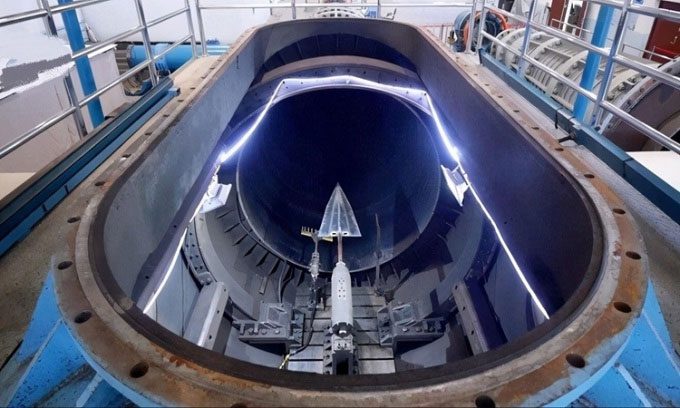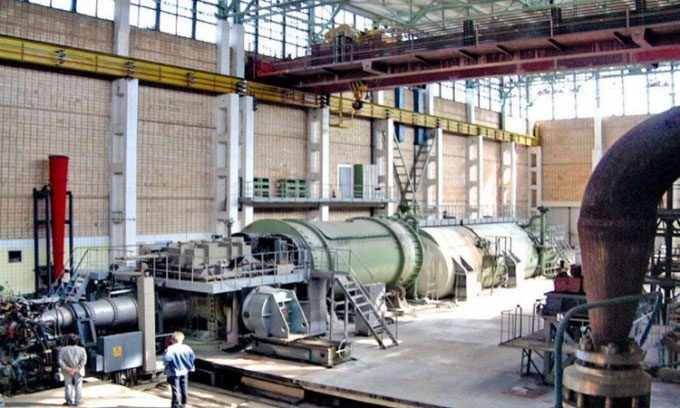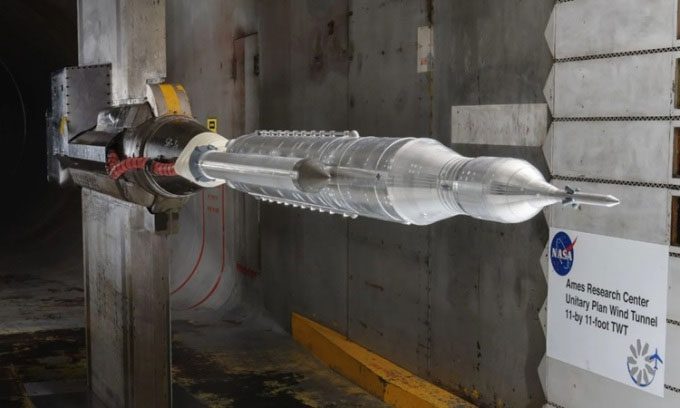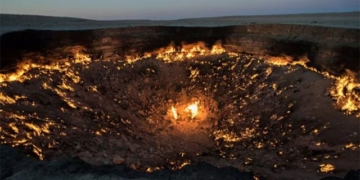The wind tunnel has become a pillar in the aerospace industry, helping to test the aerodynamics of countless aircraft and rockets.
Top 5 Most Powerful Wind Tunnels in the World Today, According to Interesting Engineering
A wind tunnel is a machine that simulates airflow over objects. The system typically consists of a long, narrow tube where airflow is introduced through various methods, such as powerful fans. The model or object to be tested is placed inside the tube. The airflow is controlled to study its effects on the object under different conditions, such as varying wind speeds. Developed in the late 19th century, wind tunnels are now widely used across multiple industries. For instance, wind tunnels in the automotive industry test the aerodynamics of cars, race cars, trucks, and other vehicles.
In civil engineering, wind tunnels assess the structural integrity of buildings and infrastructure projects. They also help optimize the design of aircraft and rockets for safer and more efficient flights.
1. JF-22

The JF-22 wind tunnel can simulate the environment when a spacecraft re-enters the atmosphere. (Photo: CCTV)
The JF-22 is the most powerful supersonic wind tunnel in the world. Built at the Institute of Mechanics under the Chinese Academy of Sciences (IMCAS) in northern Beijing, the JF-22 can reach speeds of up to Mach 30 (37,044 km/h or 10.3 km/s).
The JF-22 does not use fans, as they cannot generate such high-speed airflow. Instead, this wind tunnel utilizes timed explosions to produce shock waves that reflect and converge at a point within a 4-meter diameter and 167-meter long tube. The JF-22 can provide a power output of 15 gigawatts (GW), equivalent to 70% of the output of the Three Gorges Dam, the largest hydropower dam in the world located in Yichang, China.
2. JF-12
The JF-12 is often regarded as the predecessor to the JF-22 and is an open-circuit wind tunnel. Like the latest JF-22 wind tunnel, the JF-12 uses shock waves to create flight conditions from Mach 5 (6,174 km/h) to Mach 9 (11,174 km/h) at altitudes ranging from 25,000 m to 50,000 m.
Constructed by the Institute of Mechanics under IMCAS between 2008 and 2012, the JF-12 has played a crucial role in the development of China’s DF-ZF hypersonic glide vehicle (HGV), according to reports from the China Aerospace Science and Technology Corporation. The JF-12 continues to operate alongside the JF-22.
3. T-117 TsAGI Supersonic Wind Tunnel

T-117 TsAGI wind tunnel. (Photo: TsAGI).
The T-117 TsAGI is a large supersonic wind tunnel built at the Central Aerohydrodynamic Institute in Moscow, Russia, in the 1970s. The system operates on a blow-down principle, where high-pressure gas is rapidly released into the remainder of the wind tunnel to create airflow. Two separate electric heaters can be detached depending on the experiment, heating the airflow.
One heater uses two electric arcs to provide a maximum power of 25 megawatts, while the other uses a single electric arc for a maximum power of 2.5 megawatts. The air in these heaters is heated between two electrodes aligned along the same axis, generating an electric arc. The electric arc is then rotated by a magnetic field, warming the air flowing through between the electrodes.
In this way, the T-117 TsAGI can simulate the high temperatures that hypersonic vehicles encounter during flight, while also generating test speeds from Mach 5 (6,174 km/h) to Mach 10 (12,348 km/h). In 2018, the T-117 TsAGI was used to test the hypersonic flight mode of the Federation spacecraft, a project by the Russian space agency Roscosmos aimed at replacing the Soyuz spacecraft in various missions in low Earth orbit and to the Moon.
4. Hypersonic Tunnel Facility (HTF)
The Hypersonic Tunnel Facility (HTF) is located at NASA’s Neil Armstrong Test Facility within the Glenn Research Center in Sandusky, Ohio. Originally constructed to test nuclear thermal rocket nozzles as part of the Nuclear Engine for Rocket Vehicle Application (NERVA) program, the facility now specializes in testing large-scale hypersonic air-breathing propulsion systems at speeds ranging from Mach 5 (6,174 km/h) to Mach 7 (8,644 km/h), simulating real-world altitudes (36,500 m).
The test section in the HTF can be adjusted from 3.05 m to 4.27 m. There, an electric heater with a graphite core heats nitrogen gas, which is then mixed with oxygen and nitrogen at room temperature to create pollution-free artificial air at realistic ratios. The temperature of the artificial air is controlled according to specific requirements for testing. HTF can operate for 5 minutes at a time, depending on operational conditions.
5. Unitary Plan Wind Tunnel (UPWT)

Model of the Space Launch System rocket tested in the subsonic wind tunnel of the UPWT. (Photo: NASA).
The Unitary Plan Wind Tunnel (UPWT) is one of the largest operational wind tunnels in the world. The facility is located at NASA’s Ames Research Center in Moffett Field, California. Since its completion in 1955, the Unitary Plan Wind Tunnel (UPWT) has been used to test both conventional aircraft (commercial and military) and spacecraft (such as NASA’s retired Space Shuttle). This tunnel has played a key role in the development of Boeing’s aircraft fleet as well as the F-111 fighter jet and B-1 Lancer bomber.
The UPWT consists of three closed-circuit wind tunnels: a subsonic wind tunnel measuring 3.4 x 3.4 m (TWT), a supersonic wind tunnel measuring 2.7 x 2.1 m, and a hypersonic wind tunnel measuring 2.4 x 2.1 m. The last wind tunnel can reach speeds up to Mach 3.5 (4,321 m). All are powered by four electric motors with wound-rotor capacity of 65,000 horsepower, operating at 7,200 volts.




















































